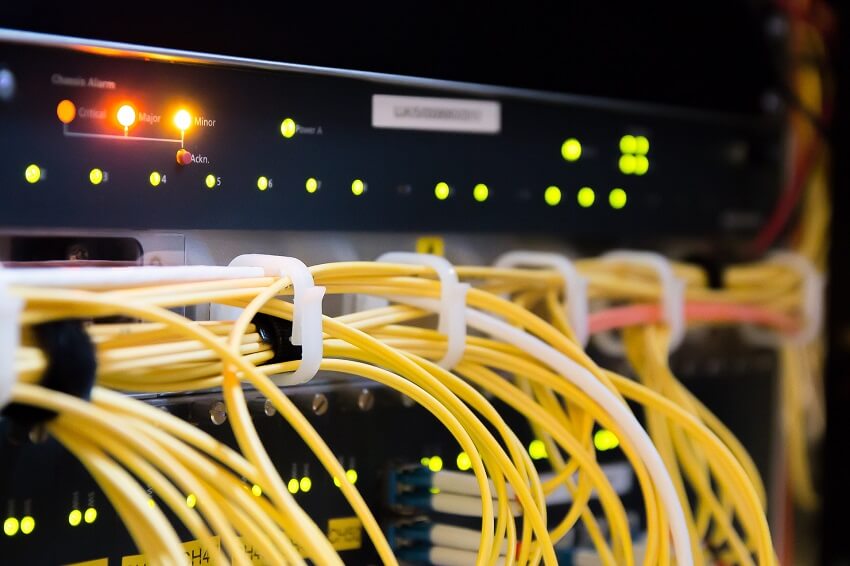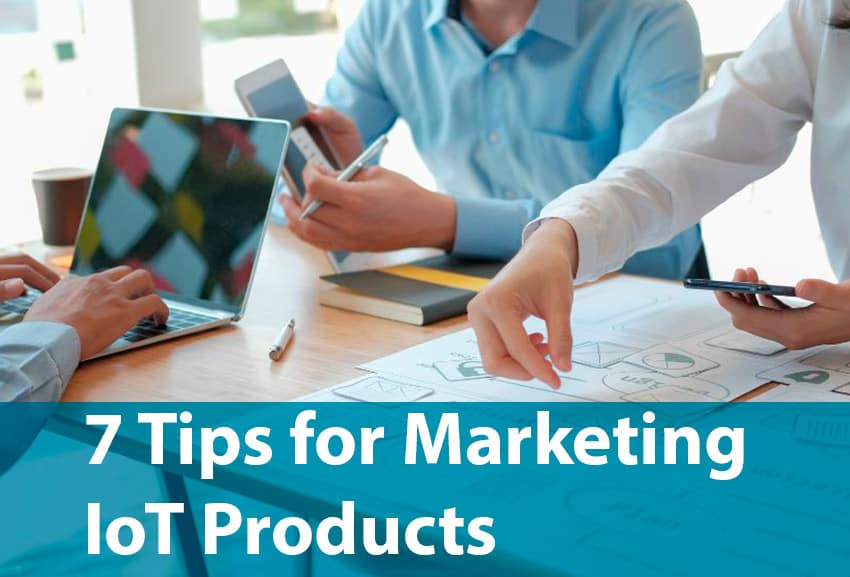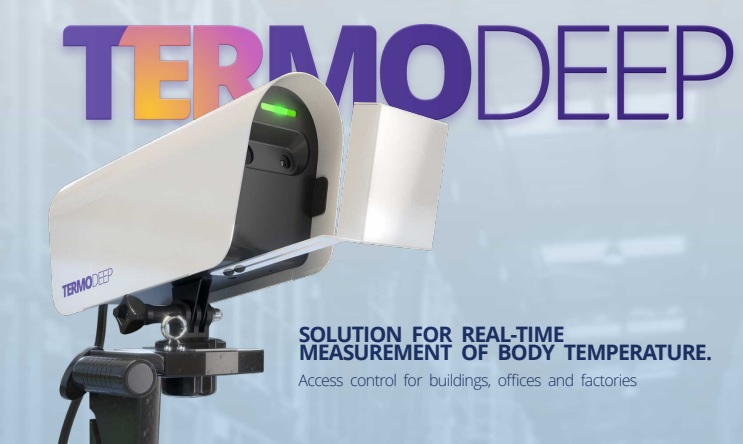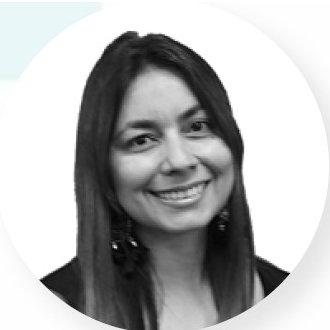If you are a CEO or entrepreneur looking forward to taking a new device to the market, probably you need product development. What is this? Product development refers to taking an idea from its concept and turning it into a product or device that can be sold in a specific market.
If you have the resources, the budget, knowledge, and engineering team, you could carry out the development of the product. There are also hardware development companies like DeepSea Developments that specialize in this area. Whether you need an IoT Device, hardware, product, consumer electronics, platform, or app, there are a series of steps to be done to guarantee a good development of the product.
Before we talk about the product development process, you must know the stages of the product development life cycle.
Stages of product development life cycle
Every product, device, technology, and even services, apps, or platforms go through a product development life cycle.
When you start with a business idea, you are thinking of conquering the market in any city or country. You look for the means, resources and people to help you build your device or product. However, developing a product is just the beginning. If you want your business to transcend over time and keep generating sales, you will have to take your product through a development life cycle. These are the stages to consider:
- Plan & discover
- Build
- Launch
- Measure
- Learn
- Iterate
When does the development cycle of the product end? This process never ends. It requires constant technological innovation, and depends on you as a CEO or entrepreneur to visualize the potential of your product or service.
Many small companies fail to envision the potential of their business; therefore, they usually lose market share, or even go broke because competitors come up with new ideas that are more attractive.
Examples of companies that failed because of lack of product development
You probably know this, but companies like Blackberry, Kodak, and Blockbuster were the kings of the market back in their time. They have one thing in common, they failed at creating strategies to develop a new product.
Blackberry was the king of the phone market; they owned a big share of the market. Even when Apple launched its first iPhone, the global market was dominated by Blackberry.
What happened to this company? One of the main reasons they lost competitiveness was because they didn’t see the need to innovate their products, and when they did, it was too late. The market now belonged to Apple and Samsung, among other companies that decided to follow the migration to new product developments with their phones.
Kodak had the opportunity to do a transition from traditional films to digital cameras. In fact, they tried to do that, but they tried to keep the traditional film printing. The market of cameras was heading to digital only, with a more simplistic approach, even later, the phones absorbed all the market of digital cameras.
Blockbuster was a franchise known in almost all the world. According to business insider, Blockbuster had around 9,000 stores in 2004. And even they tried to start an online platform, but it was too late for that. Netflix was ahead of them with the streaming platform.
The years passed, and many other bad decisions of Blockbuster caused them to lose a big percentage of its market value. A few years later, they declared bankruptcy.
What can be learned from these examples? Product development matters, even for companies that are successful and that have a big market share. Never underestimate the new startups or businesses, since they come up with new ideas, flexible marketing strategies, and adaptation to new technologies. It is necessary to adapt to new product developments.
Product development planning tools
There are many tools in the market for planning product development. We will mention only a few, since it isn’t the goal of this article, but we think it is important to mention them: Teamwork, Jira, Ganttpro, Paymo, Monday.com, Craft.io, Dragonboat.
What is the product development process?
The product development process will be done or finished in the Build Stage mentioned above. But this is a simplistic way to say it. We can divide it into 4 steps.
1. Plan and Discover
The first step, Plan and Discover, requires you to think of the concept of your idea, customers, design, technology that may be used, and mainly, the goal of your product. You can make this step more complete with a product plan.
The goal of your product should be the first thing to address. Product development can be carried out without problems, but if your product doesn’t rely on a sustainable reason to attract the market, you will have a weak device, and therefore, you will lose a lot of money.
Here you will have a lot of brainstorming sessions with your team. Why many sessions? Because creativity takes time, and if you want to build a great product, you need the best possible ideas. If you don’t count on a team that can help you, you can transmit your idea to an outsourcing product company and they will help you to test and validate your idea in a short time.
The great thing about outsourcing is that you get specialized engineers in building IoT devices, and hardware (why is hardware important). Look for top software development companies. They can provide great insights on your business idea, and you are always part of the development process.
Think of all components of a product that can make your business idea stand out from the competition, and work hard to find your value proposition on this step.
2. Research
Along with the planning step, it is necessary to do some research. Investigate the market, check trends in that niche you want to target. Analyze the big competitors, even the small ones. Find new ways to make yourself different from them.
Answer the following questions:
- Would your product make a difference?
- Would people love your solution?
- What would drive them to buy from you?
Finally, look for feedback from your potential customers: create surveys, small group sessions, or simply, talk to them and find out if your idea sounds interesting to them.
The survey’s purpose is to discover if your solution is interesting enough to produce it. Once you have the goal of your product, that will be your guide to start with the survey.
Some entrepreneurs start by creating a website and giving people the opportunity to sign up to request more info. This strategy could also be a good idea to check how many people are interested in what you are offering.
3. Planning
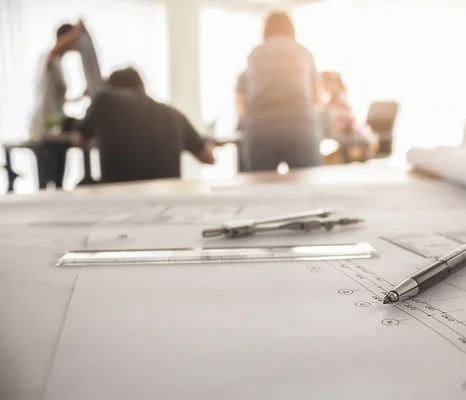
Once you have the concept, the goal of your product, and enough information to be sure the market will love your business idea, it’s time to plan.
Here you can start by drawing how your platform, app, or device would look like. Consider the gathered feedback and apply your learnings in this.
If you have knowledge in technological aspects, include every description you think will be useful to understand how your product will work:
- Add features of each part of the product.
- Components needed for the construction.
- Connections.
- Suggested materials.
- Possible size of the product.
- How it may look being used.
This step also requires defining a product roadmap. This will serve as a guide to accomplish the goal of building the product giving priority to specific aspects. Also, it helps to communicate to the product development team why your device, hardware or platform needs to have certain characteristics to guarantee its success in the market.
4. Build
If you have the equipment and knowledge, you can try to make a prototype by using rapid prototyping. Your prototype serves as a physical version that may show others how your product would look like. There are 4 types of prototypes you can create:
Low fidelity: Its main purpose is to test the value proposition.
High fidelity: You can test the level of usability with your potential customers (requires a big investment).
Live data prototype: You can test the behavior of the device or service. It uses some coding to generate interaction and validate how the features would work.
Feasibility prototype: This type of prototype allows testing technical limitations of the device.
The prototype can be iterated many times until an MVP is built. MVP stands for Minimum Viable product. This is a product, device or platform that has the minimum required features to be launched into the market.
The MVP also has to be tested until it reaches a point where its functionalities become attractive enough to be marketable. When the signs are good, you can advance to the construction of an MVP or product that will be sold in the market.
Now you have a product done with basic features, and it’s your turn to let your audience know about it. Remember this process doesn’t end here, you will need to continue innovating on your product.



